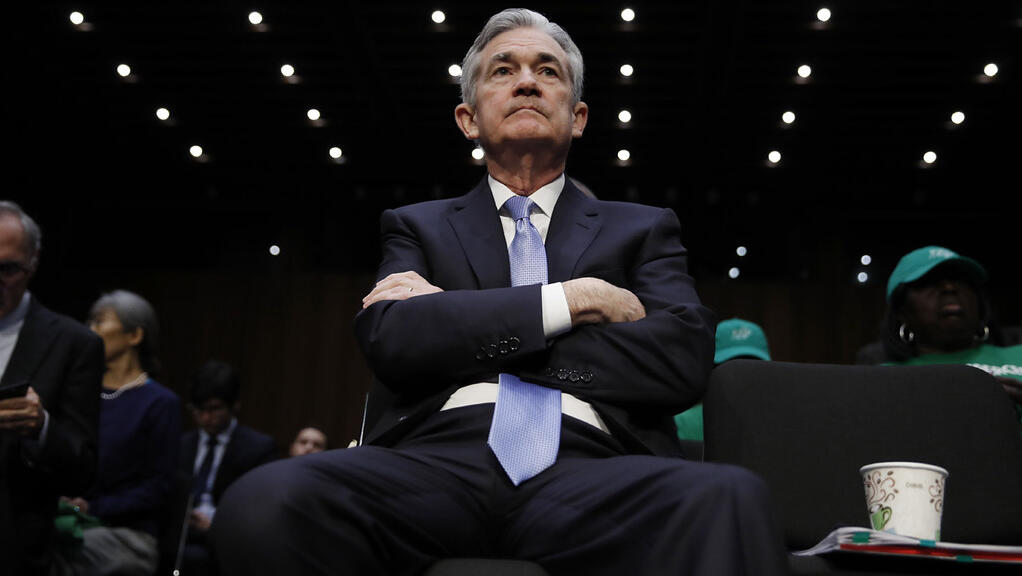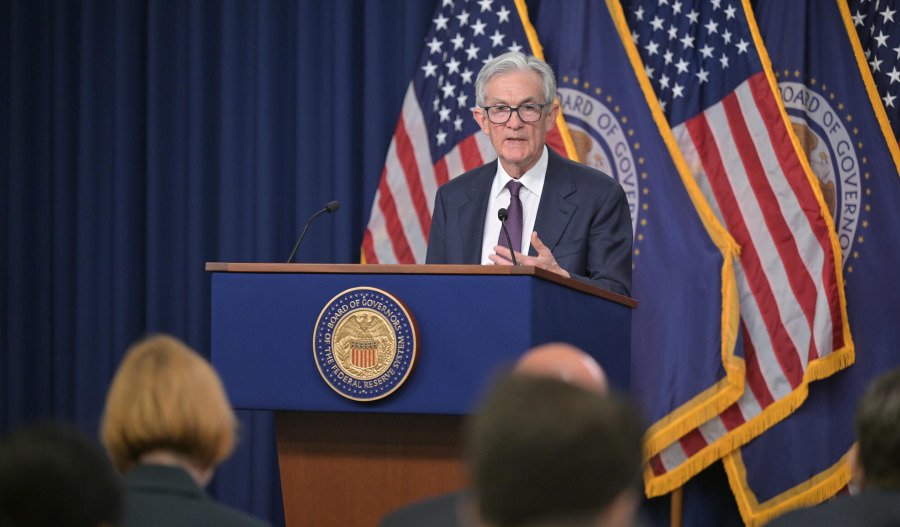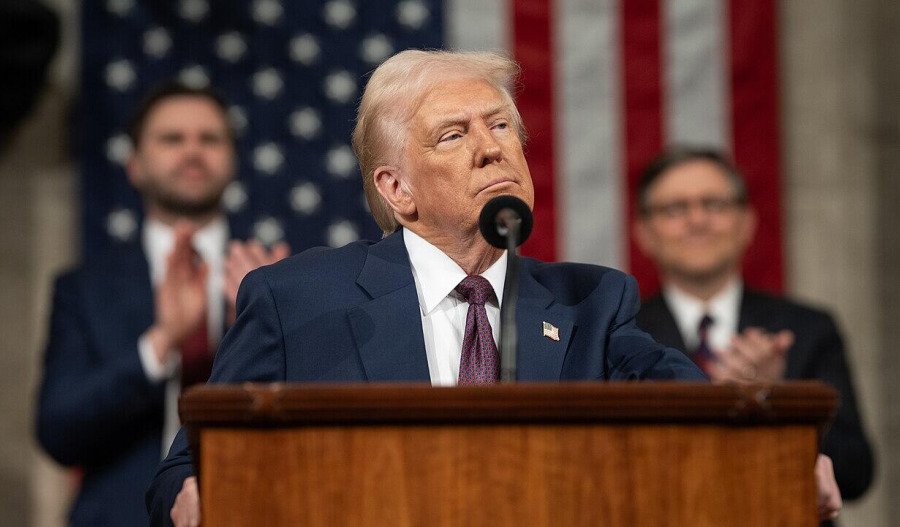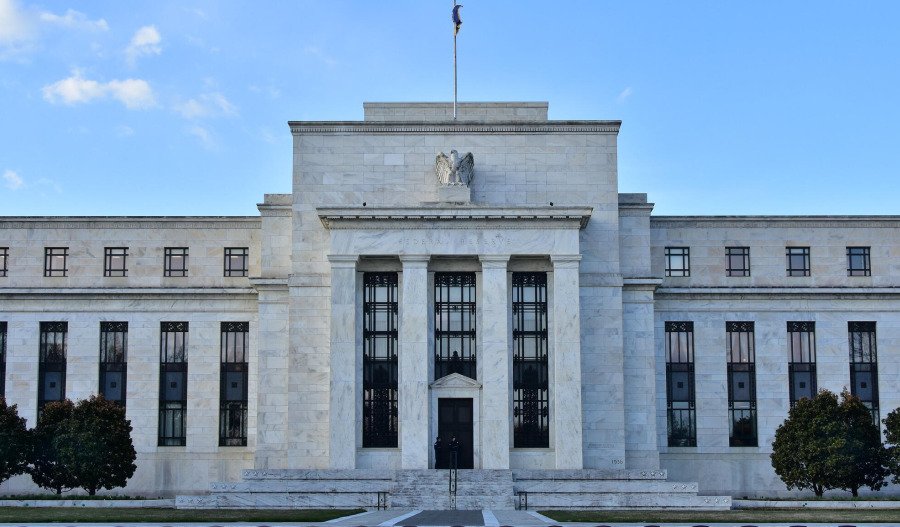United States Federal Reserve Chair Jerome Powell has found himself in a somewhat unenviable position in 2025, forced to navigate a delicate path between volatile political posturing and mounting trade uncertainties.
His White House meeting with President Donald Trump, coupled with the newly released minutes of the Federal Open Market Committee’s (FOMC) May gathering, paint a picture of an institution bracing for “difficult trade-offs” between rising inflation and potential labour-market weakness.
Meanwhile, Fed officials Lisa Cook and Christopher Waller have publicly explored how trade policy shocks and shifting expectations might shape the monetary outlook in the coming quarters.
Powell Meets Trump Amid Rate-Cut Pressure
On 29 May, Chair Powell accepted President Trump’s invitation to the White House, the first face-to-face since January’s inauguration, to discuss “economic developments including for growth, employment and inflation”.
Trump reportedly told Powell he was making a “mistake” by refraining from cutting interest rates, arguing that higher borrowing costs would place the U.S. at an economic disadvantage to China and other rivals.
According to the official Federal Reserve readout, Powell declined to offer any opinion on monetary policy decisions and reiterated the Fed’s longstanding commitment to setting interest rates based solely on economic data and a non-political framework.
He stressed that decisions would depend entirely on incoming economic information and its implications for the broader outlook.
He also reiterated that the FOMC “will set monetary policy, as required by law, to support maximum employment and stable prices” through “careful, objective and non-political analysis”.
The episode indicates increasing political pressure on the institution and boosted market concerns about Fed independence: Trump, who elevated Powell to his current post, has periodically threatened to remove him if policy diverges from his preferences.
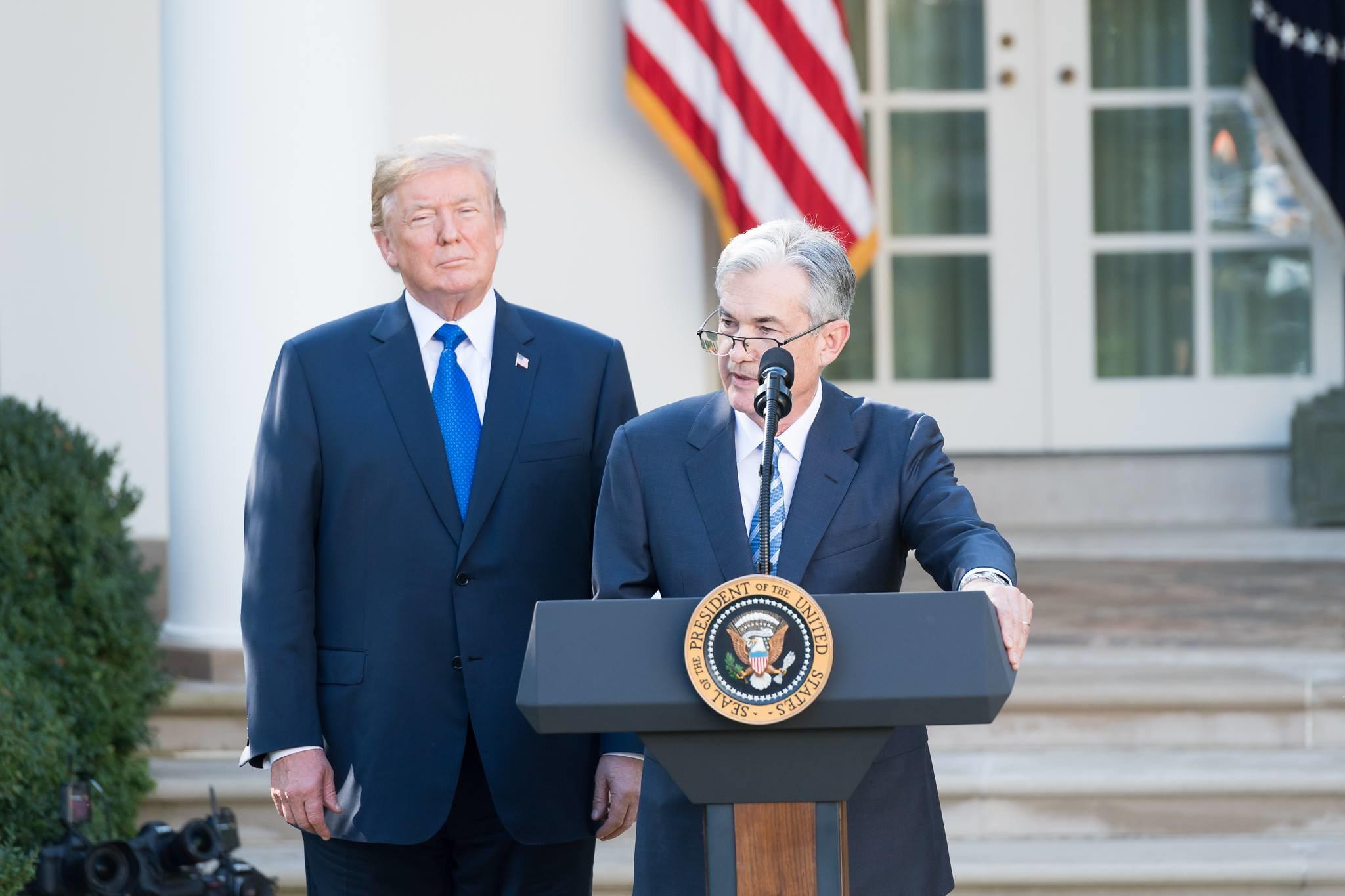
May Minutes: “Difficult Trade-Offs” Loom
Just days after the Powell–Trump meeting, the Fed published the minutes from its 6–7 May policy session, revealing an acute awareness among officials of concurrent upside risks to inflation and downside risks to employment.
Members worried that tariffs and policy uncertainty could both slow growth and prolong price pressures, possibly forcing them to choose between higher unemployment or higher rates to tame inflation.
The minutes revealed that most participants were concerned inflation could prove more persistent than previously forecast, with the recent spike in import tariffs likely to have knock-on effects on price stability and growth.
Policymakers painted a sobering picture in their projections. Inflation is expected to remain above the Fed’s 2% target well into 2027, driven by the cost pass-through from tariffs and weaker productivity.
At the same time, unemployment, which stood at 4.2% in April, is forecast to rise beyond the Fed’s estimate of sustainable full employment and remain elevated for at least the next two years.
While the Trump administration’s decision to delay the most severe tariffs has marginally reduced near-term recession risk, the minutes made clear that economic uncertainty remains high, with volatility in bond markets, rising Treasury yields, and concerns about the dollar’s safe-haven status complicating the central bank’s outlook.
Governor Cook: Balancing the Dual Mandate Under Uncertainty
On 3 June, Governor Lisa Cook delivered remarks at the Council on Foreign Relations, outlining how the Fed might navigate heightened uncertainty owing to trade policy shifts.
She noted that while the U.S. economy remains “on a firm footing” - with unemployment at a historically low 4.2% and one-year inflation at 2.1% - tariff measures risk both upward pressure on prices and labour-market cooling.
Cook invoked former Chair Ben Bernanke’s guidance that, in periods of acute uncertainty, policymakers should consider a spectrum of economic scenarios rather than rely on a single baseline.
She stressed that although headline personal consumption expenditures PCE inflation has moderated toward the 2% target, trade-related price changes may impede near-term progress. One-year expectations have risen sharply, even as long-term expectations remain anchored.
On the employment side, payroll growth remains positive, but firms signal that hiring plans could be scaled back if trade disruptions intensify.
In her view, the current monetary stance of supporting price stability is “essential for achieving long periods of strong labour-market conditions”. Thus, Cook favoured keeping rates unchanged while assessing the evolving policy landscape.
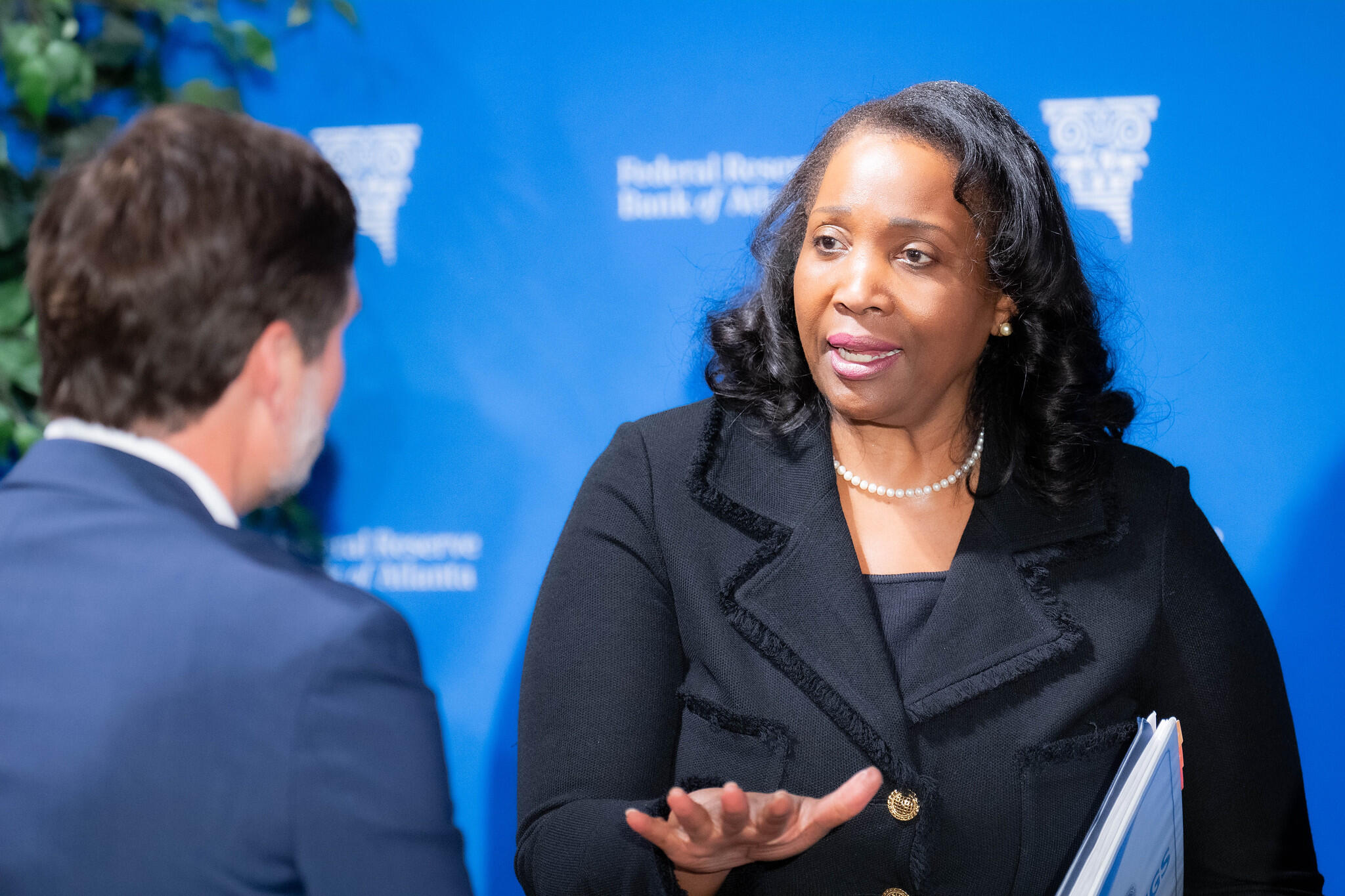
Governor Waller: Tariff Scenarios and Inflation Dynamics
Just two days later, Governor Christopher Waller spoke in Seoul at the Bank of Korea’s annual conference, offering a detailed framework for thinking about trade policy’s effects on inflation persistence and expectations.
He laid out two illustrative scenarios: a “large-tariff” case that could push annual inflation to 5% and raise unemployment to 5%, and a “smaller-tariff” case, where inflation would peak closer to 3% with less disruption to jobs.
Waller’s current baseline scenario places U.S. trade-weighted tariffs at around 15%, midway between the two.
Waller argued that, regardless of the path, tariff-induced price rises should be transitory - unlike persistent pandemic-era pressures - because labour shortages have dissipated, supply-chain disruptions have eased, and monetary policy is no longer at its lowest bound.
He also highlighted a puzzling divergence between elevated household inflation expectations (6.6% near-term in University of Michigan data) and market or professional forecasters (around 2.4%).
He sided with market-based measures - arguing that firms and investors with real-money stakes provide a more reliable guide for policymaking.
Beige Book and Outside Voices
The Fed’s Beige Book summary for May depicted a U.S. economy growing at a modest pace, with consumer spending buoyed by wage gains but business investment restrained by policy uncertainty.
Regional reports pointed to rising input costs (including tariffs) and mixed views on hiring outlook.
Meanwhile, external voices are also weighing in. Federal Housing Finance Agency (FHFA) Director William Pulte has publicly called on Federal Reserve Chair Jerome Powell to resume interest rate cuts, joining a growing chorus of voices pressing for looser monetary policy.
In a social media post, Pulte criticised the Fed’s current policy stance, arguing that high interest rates are placing unnecessary pressure on the housing market. “Jay Powell needs to lower interest rates — enough is enough,” he wrote.
“President Trump has crushed Biden’s inflation, and there is no reason not to lower rates. The housing market would be in much better shape if Chairman Powell does this.”
However, markets are not so convinced. CME FedWatch Tool shows only a 52.2% chance of a 25 basis point rate cut in September.
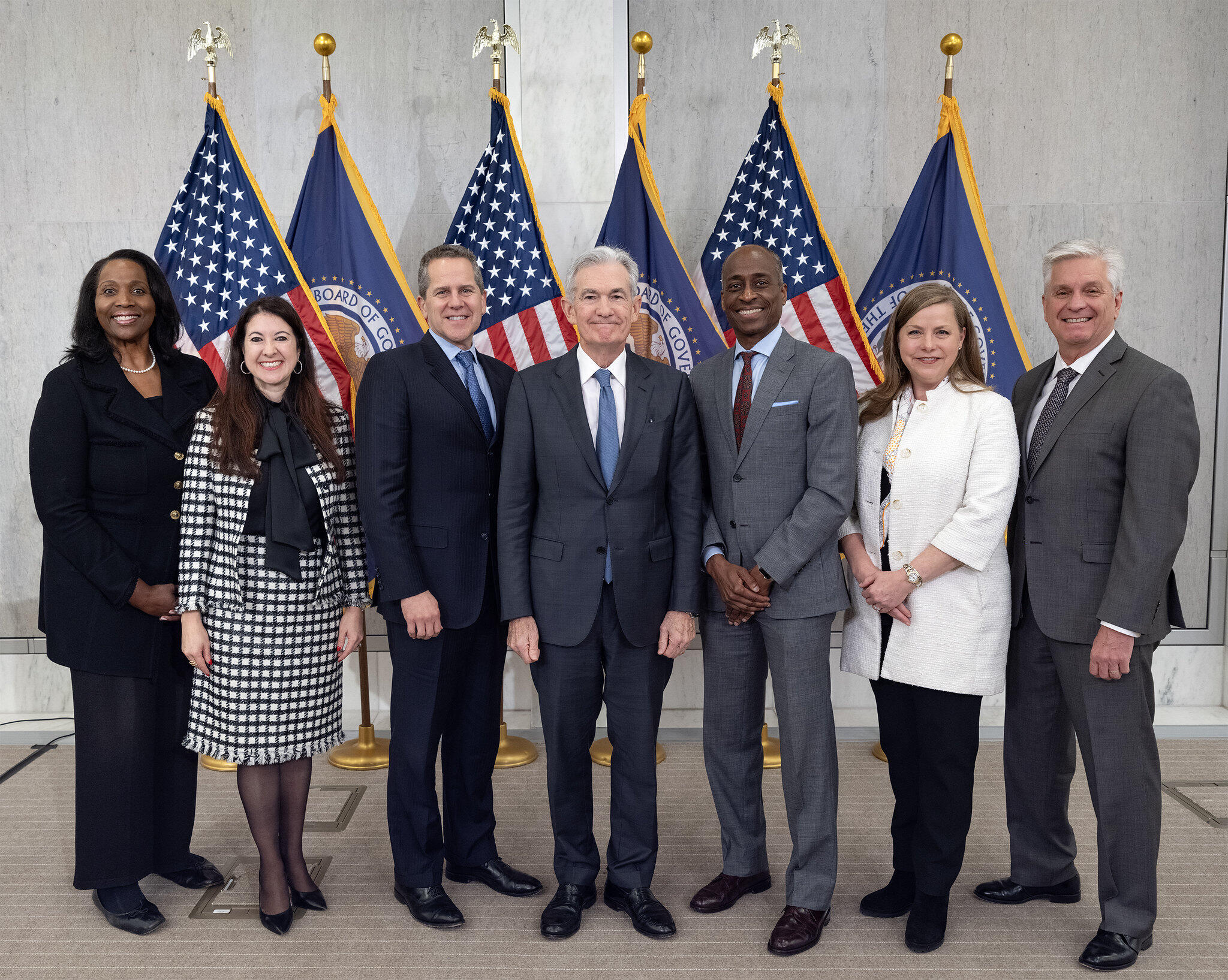
Looking Ahead: June Meeting and Beyond
With its next policy meeting scheduled for 17–18 June, the FOMC faces a challenging agenda. Members will release new “dot-plot” projections for rates, growth, inflation and unemployment. Key considerations include:
- Trade Negotiations: Will temporary tariff suspensions be extended or escalated? Clarity here is pivotal for assessing the net effect on prices and output.
- Inflation Path: While headline inflation has eased, core measures and survey-based expectations warrant close scrutiny for transient upticks or evidence of stickiness.
- Financial Conditions: Market reactions to political developments, including any renewed presidential commentary, will influence the Fed’s assessment of broader financial-stability risks.
In an environment of trade policy whipsaws and uneven economic signals, the Fed has reiterated its steadfast commitment to data dependence and institutional independence.
Yet the interplay of external pressures and internal assessments suggests that the central bank must tread carefully - balancing its dual mandate amid one of the more volatile and complex policy backdrops in recent memory.
